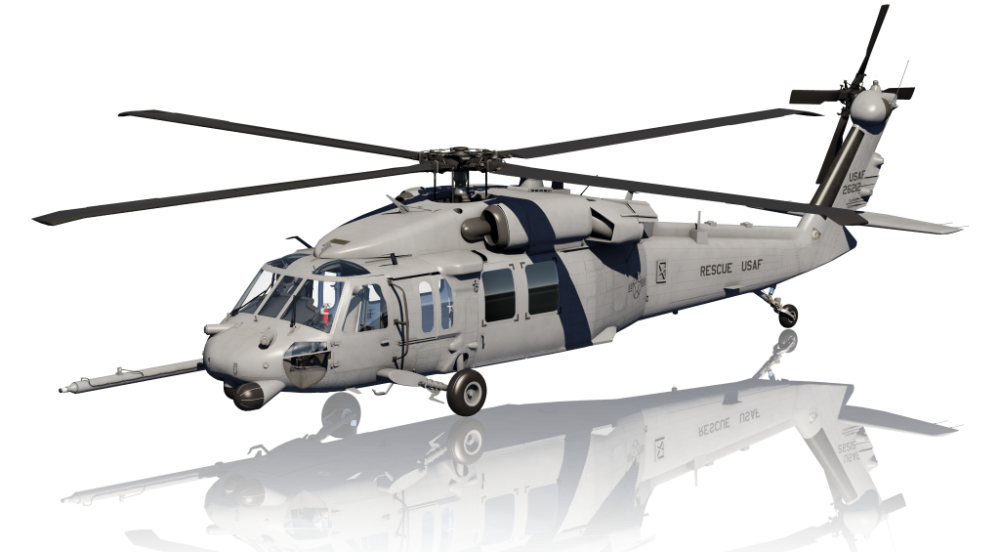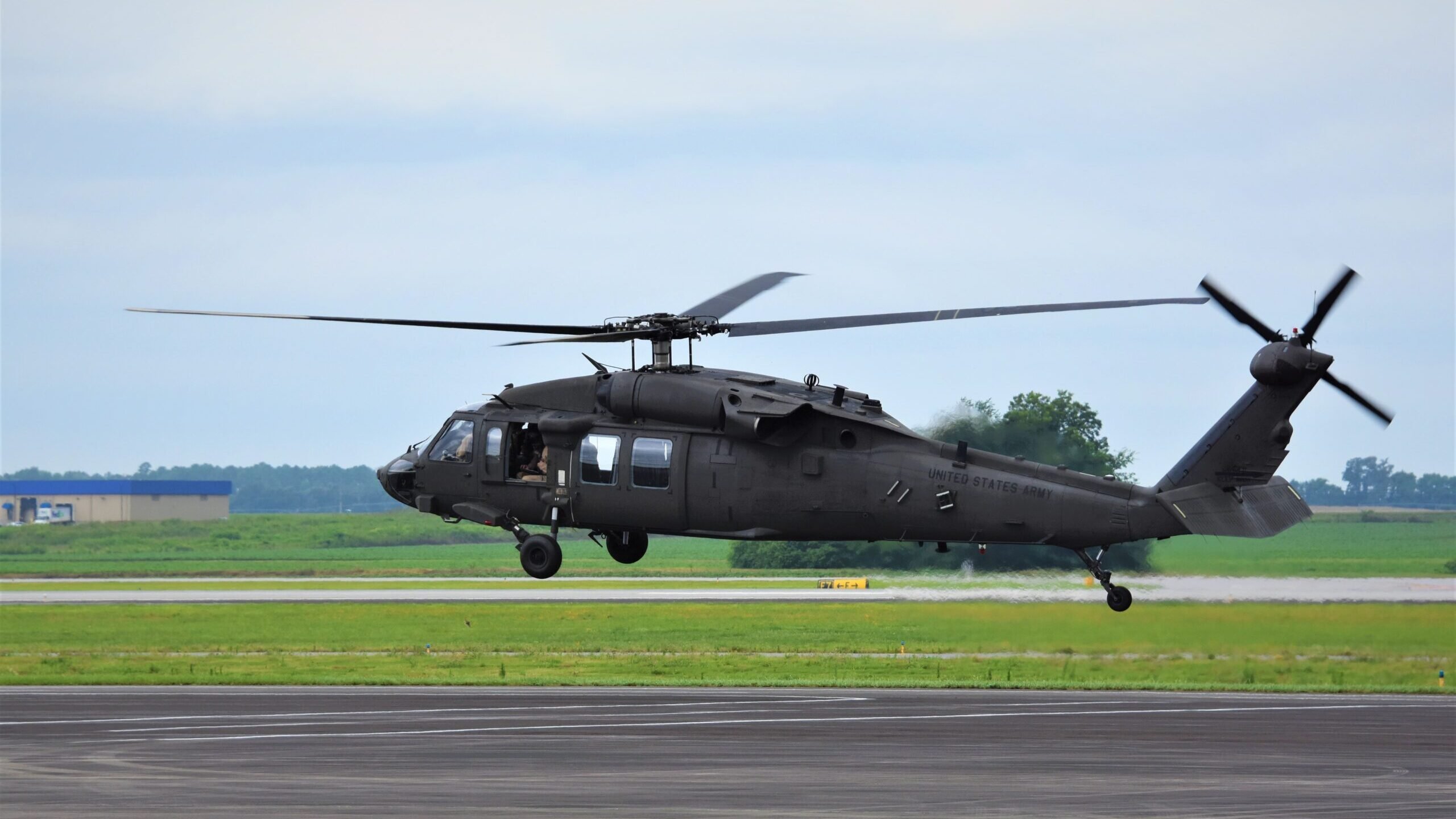UH 60 Technical Specs and Efficiency Review
UH 60 Technical Specs and Efficiency Review
Blog Article
The Influence of Lasting Practices on the Future of Airplane Procedures and Emissions Decrease
As the aviation industry deals with raising analysis over its ecological impact, the fostering of sustainable methods becomes an important pathway toward future airplane procedures and exhausts reduction. Innovations in lasting aviation fuels and improvements in hybrid propulsion technologies stand at the leading edge of this transformation, appealing considerable reductions in greenhouse gas exhausts. The successful integration of these campaigns hinges on a selection of variables, including regulatory frameworks and market partnership. The concern stays: just how will these advancing methods reshape the dynamics of flight and add to a much more sustainable future?

Summary of Lasting Practices
Sustainable techniques in aircraft operations incorporate a variety of techniques focused on minimizing environmental effect while preserving functional performance. These methods are vital in the aviation market's dedication to lessening its carbon footprint and sticking to global environmental standards. Secret initiatives include optimizing trip paths to reduce gas consumption, improving maintenance protocols to make sure airplane run at peak effectiveness, and carrying out innovative modern technologies such as winglets and lightweight products that enhance aerodynamics.

Educating and involving team on sustainability practices also play an essential role, promoting a society of environmental duty within companies. Overall, the integration of these lasting techniques not only assists reduce exhausts yet also enhances the long-lasting feasibility of the aviation sector, ensuring it satisfies the needs of both clients and regulative bodies while adding to worldwide sustainability goals.
Innovative Gas Alternatives
Countless cutting-edge fuel choices are emerging as critical remedies to reduce the air travel industry's dependence on traditional fossil gas. Amongst these choices, Lasting Air travel Gas (SAFs) have actually obtained considerable interest because of their potential to lower lifecycle greenhouse gas discharges by up to 80% contrasted to standard jet gas. SAFs are derived from numerous feedstocks, consisting of waste oils, farming residues, and also algae, making them a flexible alternative for the sector.
Another appealing option is hydrogen gas, which, when used in fuel cells, generates just water vapor as a byproduct. Furthermore, electric propulsion systems are being explored, leveraging battery innovation to power aircraft.
Finally, biofuels originated from biomass are being examined, providing a renewable alternative that can be mixed with traditional fuels. Collectively, these cutting-edge fuel alternatives stand for a crucial step towards achieving a sustainable aeronautics ecosystem, straightening with international emissions reduction targets and enhancing the sector's ecological stewardship.
Technological Developments in Air Travel

Just how can technical innovations improve the future of air travel? The integration of cutting-edge innovations is critical in transforming airplane procedures, improving efficiency, and reducing discharges. Technologies such as hybrid and electrical propulsion systems are at the forefront, encouraging substantial decreases in fuel consumption and greenhouse gas exhausts. These systems take advantage of innovations in battery innovation and energy monitoring, making it possible for airplane to operate with a lower ecological footprint.
Moreover, the implementation of innovative products, such as light-weight compounds, contributes to improved the rules of aerodynamics and gas effectiveness. Making use of expert system and artificial intelligence in trip procedures maximizes course preparation and reduces gas melt by allowing real-time modifications based on climate and website traffic conditions. In addition, the growth of autonomous and remotely piloted internet airplane systems stands to revolutionize freight and guest transport, possibly enhancing efficiency while reducing human mistake.
Furthermore, sustainable aviation innovations, including innovative air website traffic monitoring systems, can enhance procedures and reduce congestion, leading to lower exhausts during trip. These improvements jointly stand for a paradigm shift in aviation, promising a future where sustainability and functional effectiveness are intertwined, thereby sustaining the market's dedication to decreasing its ecological effect.

Regulative Framework and Compliance
Because of the expanding focus on environmental stewardship within the air travel field, the regulative structure governing aircraft operations is progressing to promote sustainable techniques. Regulative bodies, such as the International Civil Aeronautics Organization (ICAO) and numerous nationwide air travel authorities, are presenting strict standards targeted at decreasing discharges and enhancing operational efficiency.
These laws frequently include the adoption of Lasting Aeronautics Fuel (SAF), which has actually been acknowledged as an essential element in attaining lower carbon impacts. Conformity with these guidelines needs airline companies to execute advanced innovations and functional methods, such as enhanced flight courses and enhanced air web traffic management, to minimize fuel consumption.
Additionally, the enforcement of emissions trading schemes and carbon balancing out campaigns is becoming progressively prevalent, engaging airline companies view to check and report their emissions accurately. Non-compliance can result in substantial charges, hence pressing operators to prioritize sustainability in their service designs.
Inevitably, the advancing regulative landscape not just drives innovation and financial investment in environment-friendly modern technologies however also cultivates a society of accountability within the aeronautics sector. As these structures continue to develop, the concentrate on lasting methods will certainly be integral to attaining the market's long-term environmental objectives.
Future Fads in Aircraft Workflow
As the aeronautics market adapts to a progressively strict regulatory atmosphere, future trends in aircraft operations are readied to concentrate on ingenious options that further enhance sustainability and efficiency - uh 60. Trick growths will likely include the fostering of innovative air traffic management systems, which make use of real-time data and expert system to enhance trip paths, minimizing gas usage and discharges
Another considerable pattern is the raised assimilation of sustainable air travel gas (SAFs) These choices to traditional jet fuel, stemmed from eco-friendly resources, can substantially lower lifecycle greenhouse gas exhausts. The industry's commitment to SAFs will likely speed up as airline companies collaborate with fuel manufacturers to ensure schedule and cost-effectiveness.
Furthermore, the push a knockout post towards electrification and crossbreed propulsion systems is obtaining energy. Emerging aircraft designs will incorporate these technologies, providing quieter and extra reliable operations, especially for short-haul trips.
Conclusion
The adoption of sustainable aeronautics fuels, combined with developments in hybrid and electric propulsion systems, is necessary for lessening lifecycle greenhouse gas exhausts. Enhancing trip paths and accepting ingenious modern technologies add to a quieter and more eco pleasant aviation field.
Innovations in lasting aeronautics fuels and developments in hybrid propulsion modern technologies stand at the forefront of this transformation, encouraging substantial reductions in greenhouse gas emissions.Numerous innovative fuel alternatives are emerging as essential options to lower the aeronautics industry's reliance on conventional fossil fuels - uh 60. Amongst these choices, Sustainable Air travel Gas (SAFs) have actually acquired considerable interest due to their prospective to reduce lifecycle greenhouse gas emissions by up to 80% compared to conventional jet fuels.An additional significant pattern is the enhanced combination of lasting air travel fuels (SAFs) The fostering of sustainable air travel fuels, combined with improvements in electric and hybrid propulsion systems, is crucial for minimizing lifecycle greenhouse gas discharges
Report this page